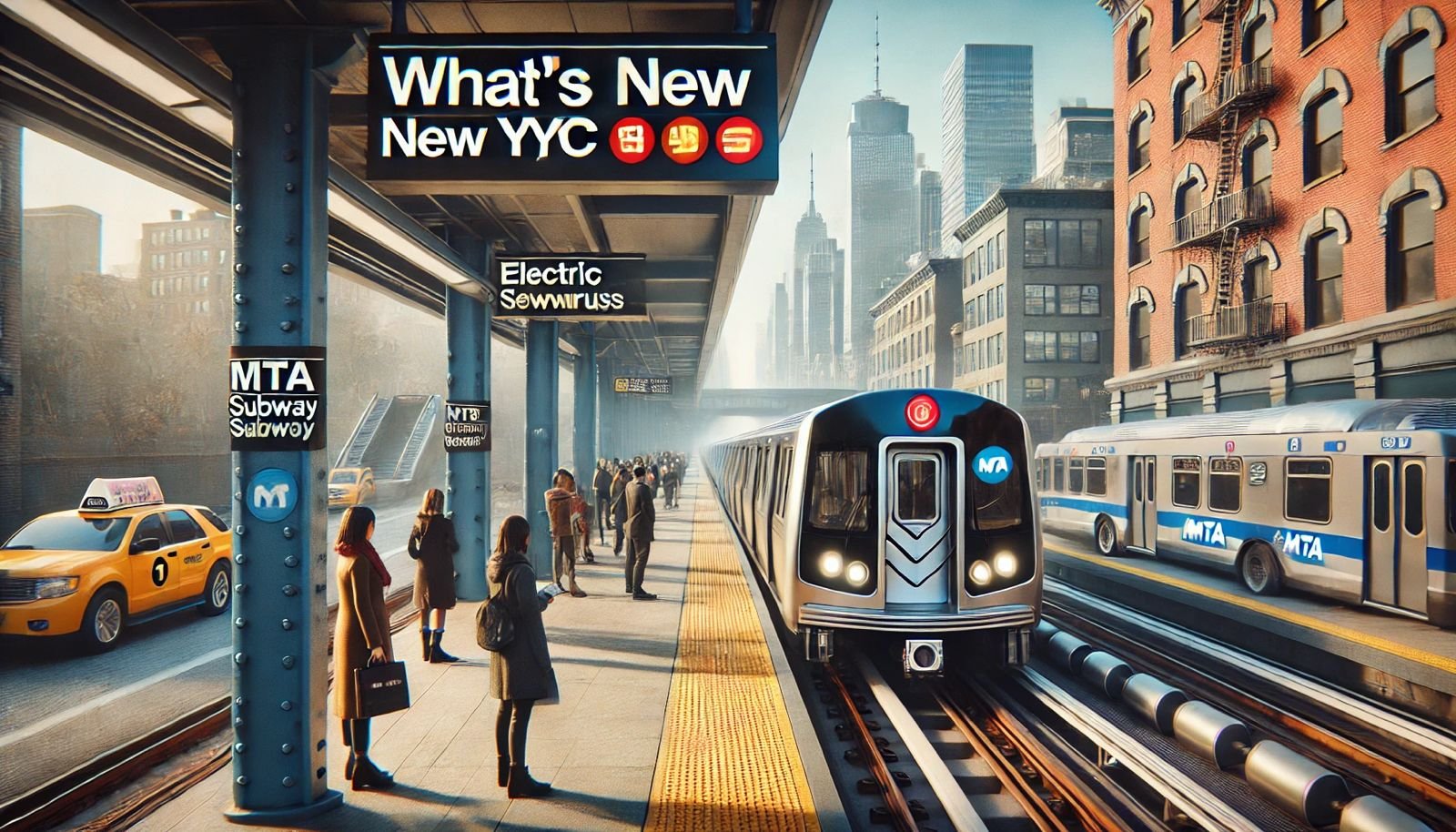
What’s new with NYC’s subway and buses?
What's new with NYC's subways and buses? Discover technological upgrades, accessibility improvements, and expanded bus routes. Learn how the MTA is addressing challenges and improving reliability. Explore the future of public transportation in the Big Apple!
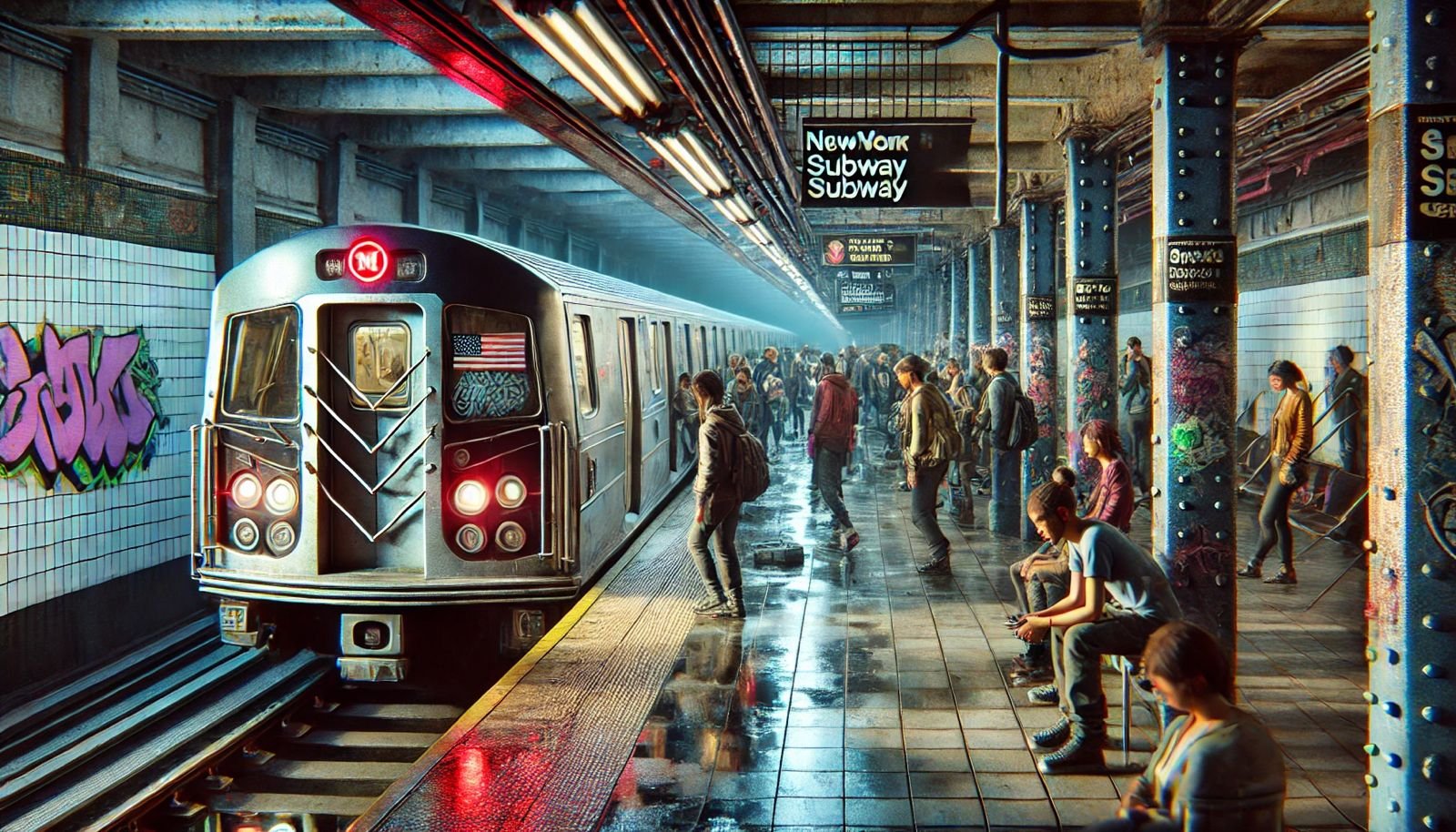
How to survive the NYC subway?
Navigating the New York City subway can be intimidating for newcomers and even seasoned riders. This comprehensive guide offers essential tips for mastering the subway system, including understanding routes, purchasing a MetroCard, and prioritizing safety. With practical advice and insights, you’ll feel confident exploring NYC’s vibrant culture while ensuring a smooth travel experience.

Is it better to Uber or use the subway in NYC?
Choosing between Uber and the subway in New York City can be challenging for both locals and visitors. Each transportation option has its unique advantages and disadvantages, influenced by factors like cost, convenience, safety, and overall experience. This blog explores these elements to help you make an informed decision on which mode of transport suits your needs best.
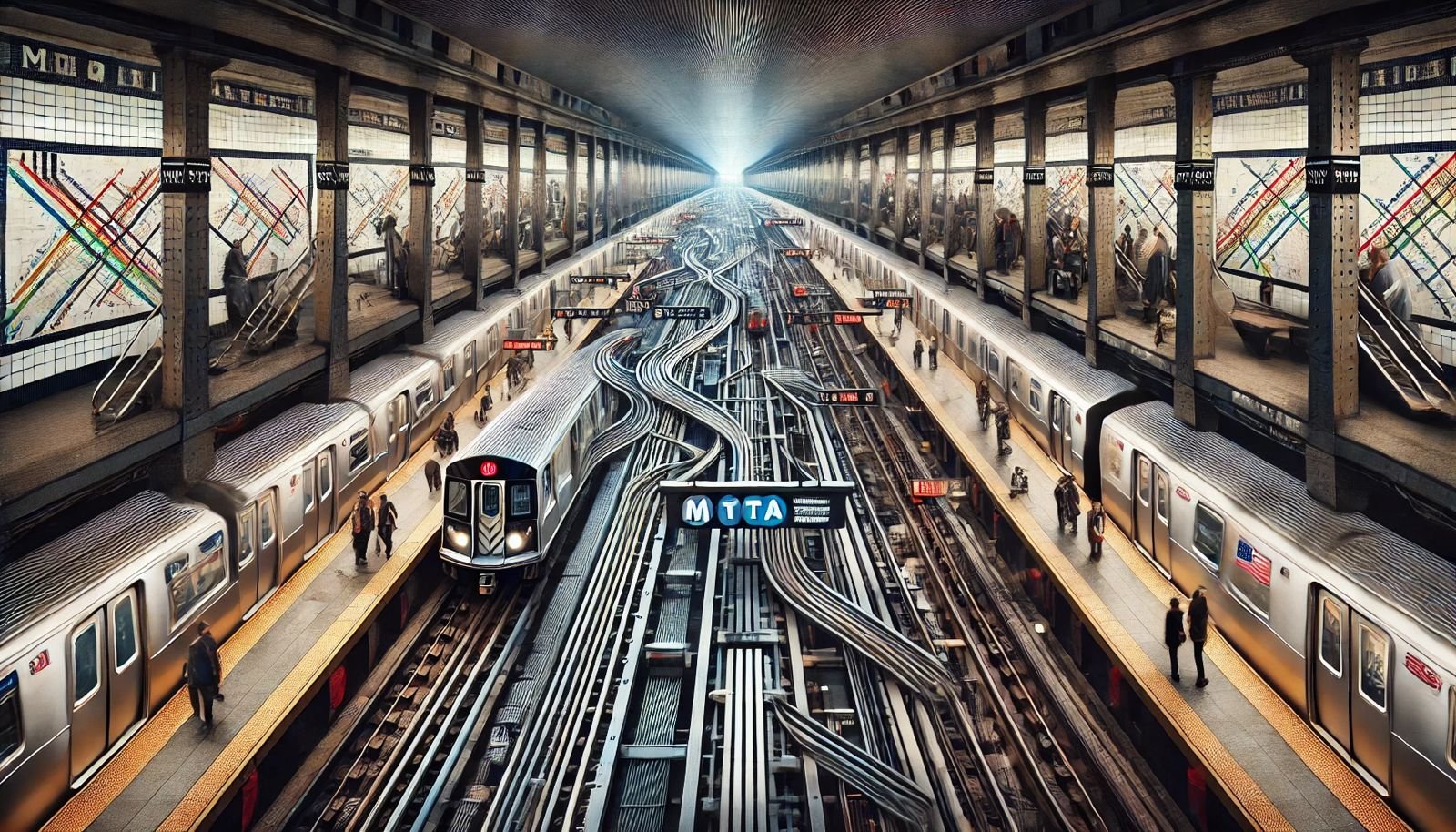
Is NYC Subway the biggest in the world?
The New York City Subway, with its 472 stations and approximately 665 miles of track, is a vital transit system that connects millions daily. While it may not be the longest subway globally, it stands out as one of the busiest, serving over 4 million passengers each day. This extensive network showcases the vibrant culture of New York City and plays a crucial role in the lives of its residents.
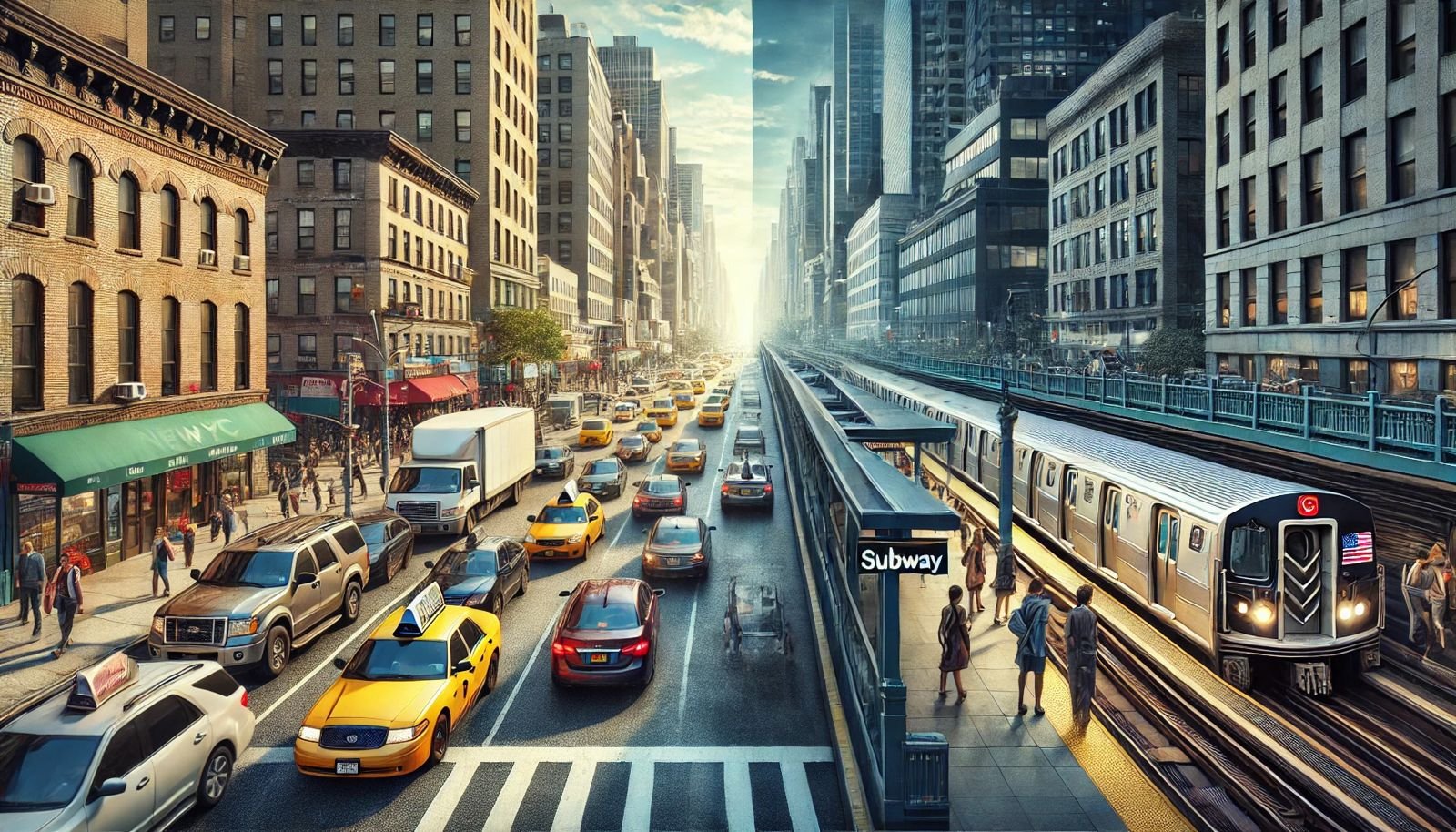
Is it faster to drive or take the subway in NYC?
Navigating New York City can be challenging, especially when deciding whether to drive or take the subway. This blog examines the efficiency of both transportation options, considering factors like travel time, traffic conditions, and personal preferences. With the subway often proving faster during peak hours, understanding these dynamics can enhance your commuting experience in this vibrant city.
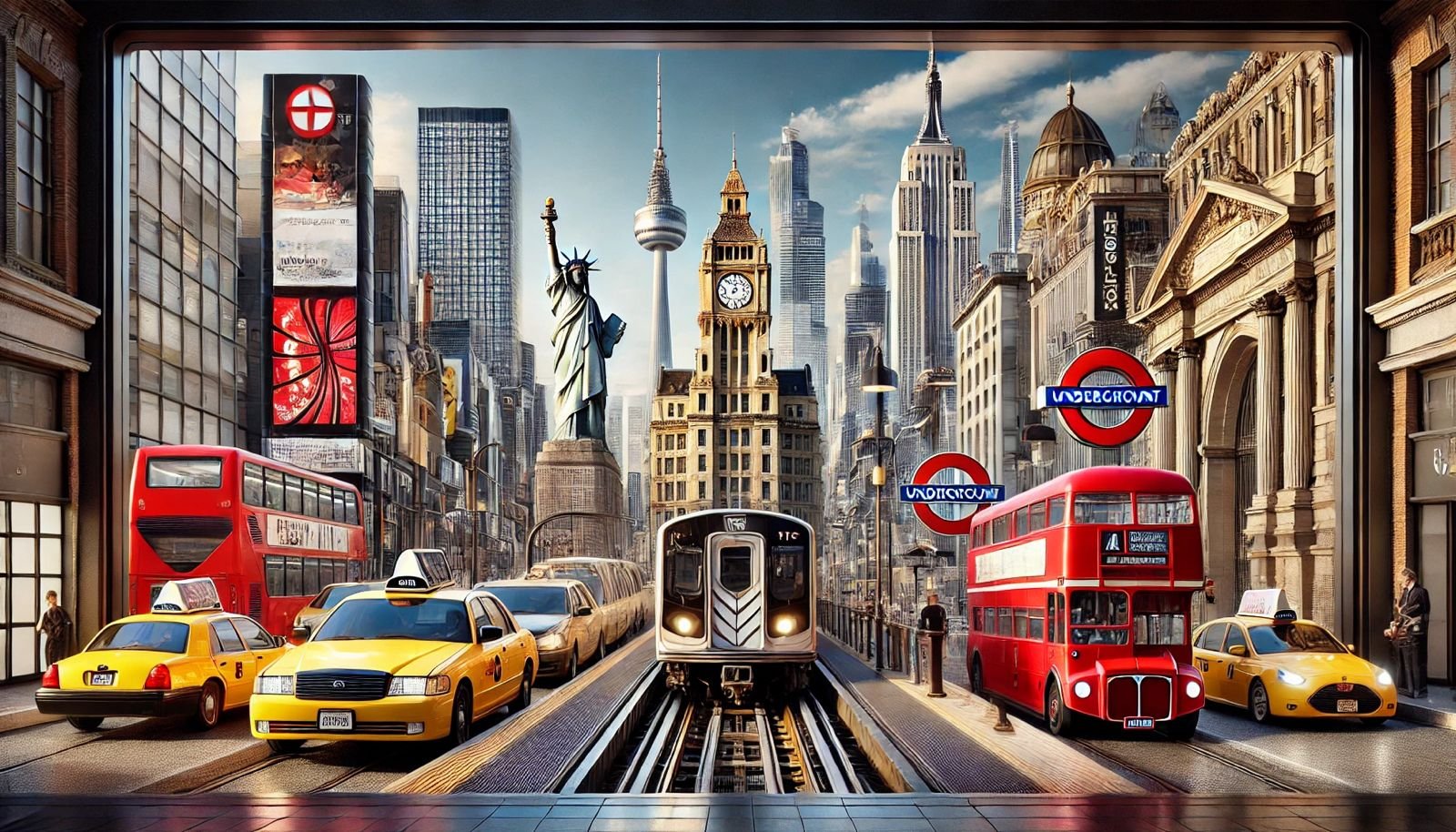
What world cities have transit as good as New York City?
New York City boasts one of the most extensive public transportation systems globally, with the Metropolitan Transportation Authority (MTA) facilitating nearly 9 million rides each weekday. However, as urban populations grow, many cities are modernizing their transit services. This blog explores whether other global cities can match or surpass New York’s transit efficiency and user experience.
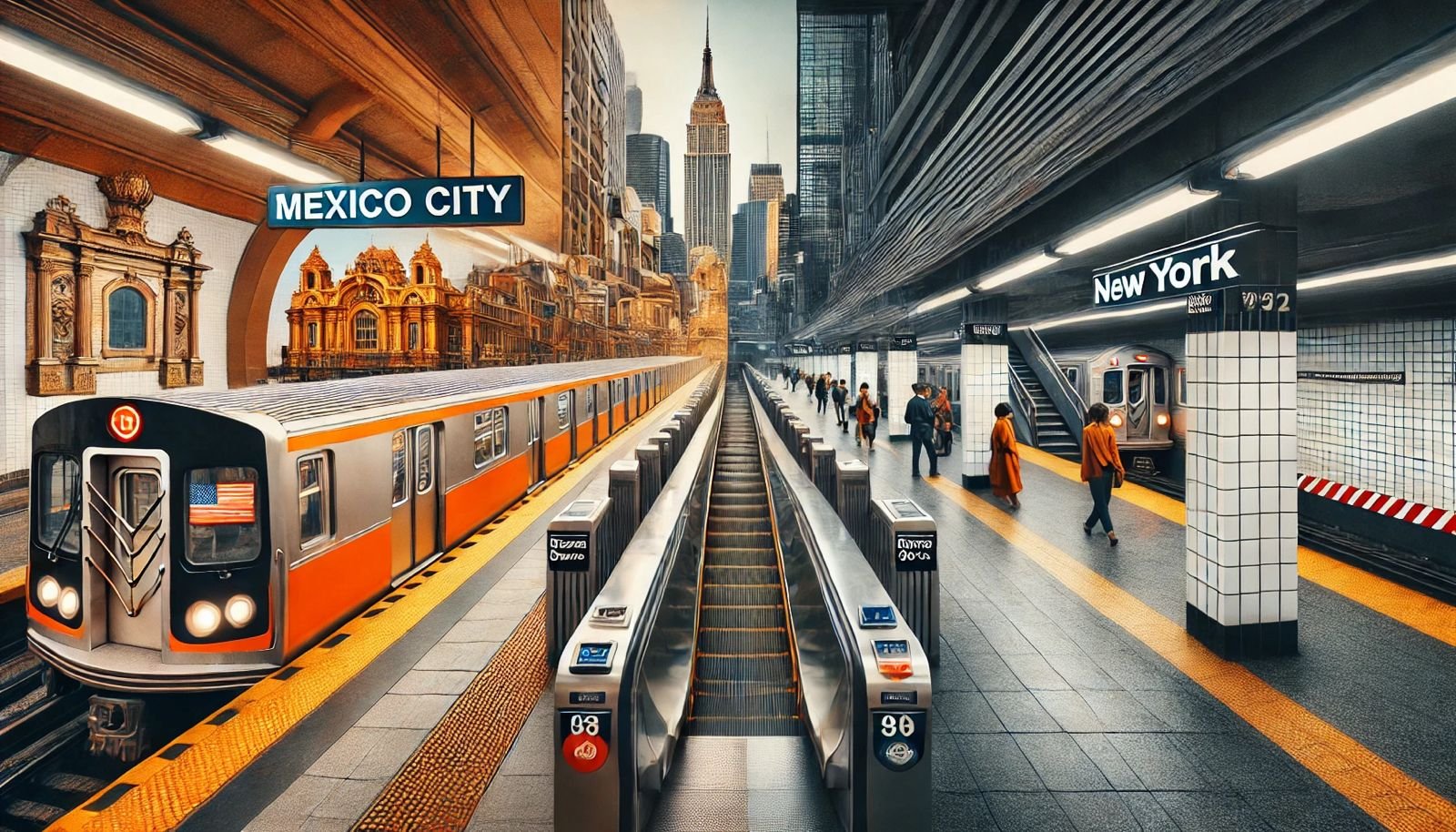
Is the Mexico City’s Subway system better than New York subway system?
Explore the dynamic comparison between Mexico City's Metro and New York's Subway in our latest blog. We delve into essential factors such as cleanliness, efficiency, affordability, and user experience. Discover how each system reflects its city's culture and lifestyle while catering to different commuter needs. Which subway system reigns supreme? Join us as we find out!
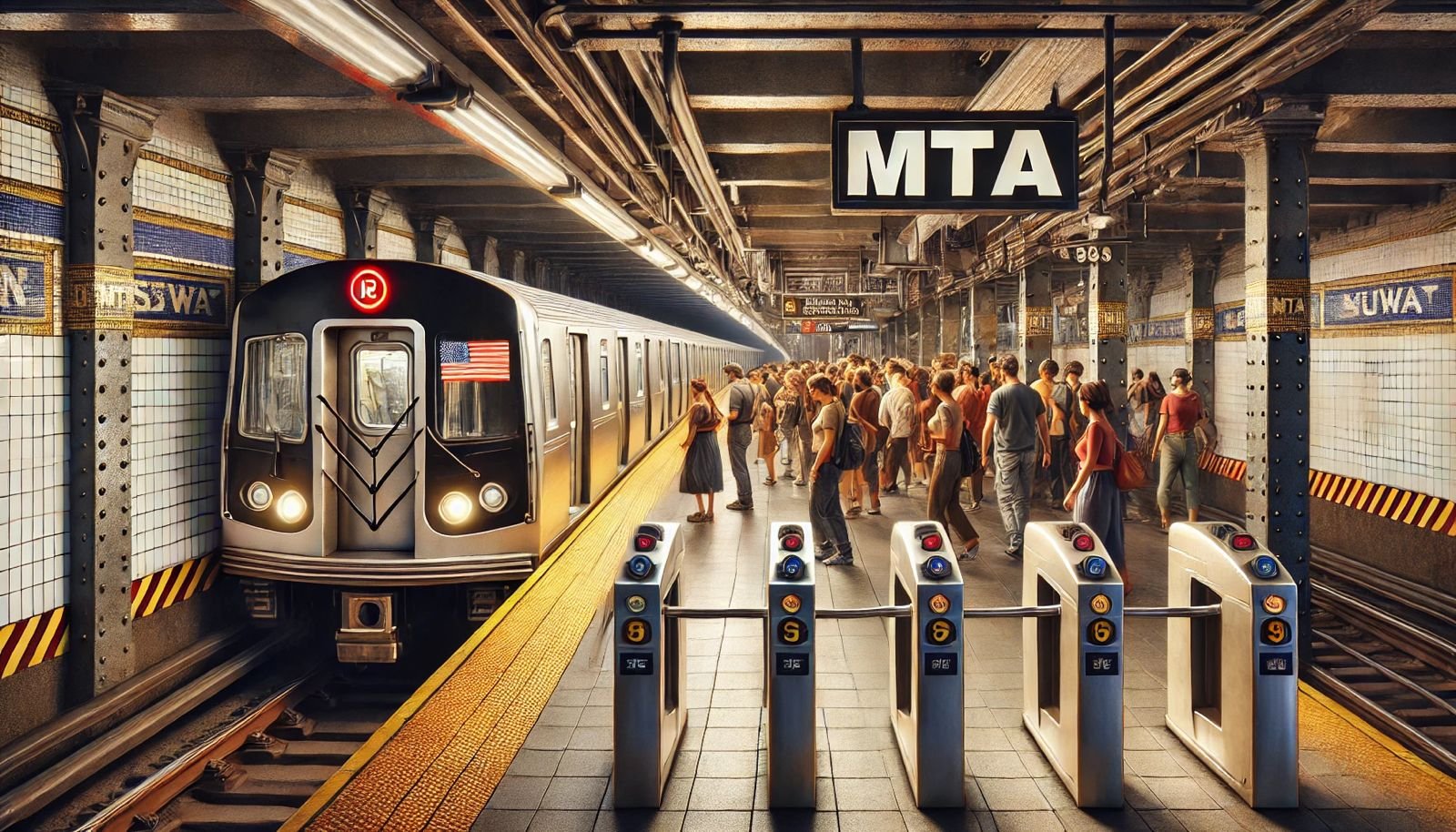
How do I ride the NYC subway?
Navigating the NYC subway can be overwhelming for newcomers, but with the right information, you can easily master it. This comprehensive guide covers everything from purchasing a MetroCard to understanding train schedules and etiquette. Whether you're commuting or exploring iconic sites, you'll feel confident riding the subway like a local. Plus, tips on maintaining a tidy home with services like Sparkly Maid NYC make your NYC experience even better!
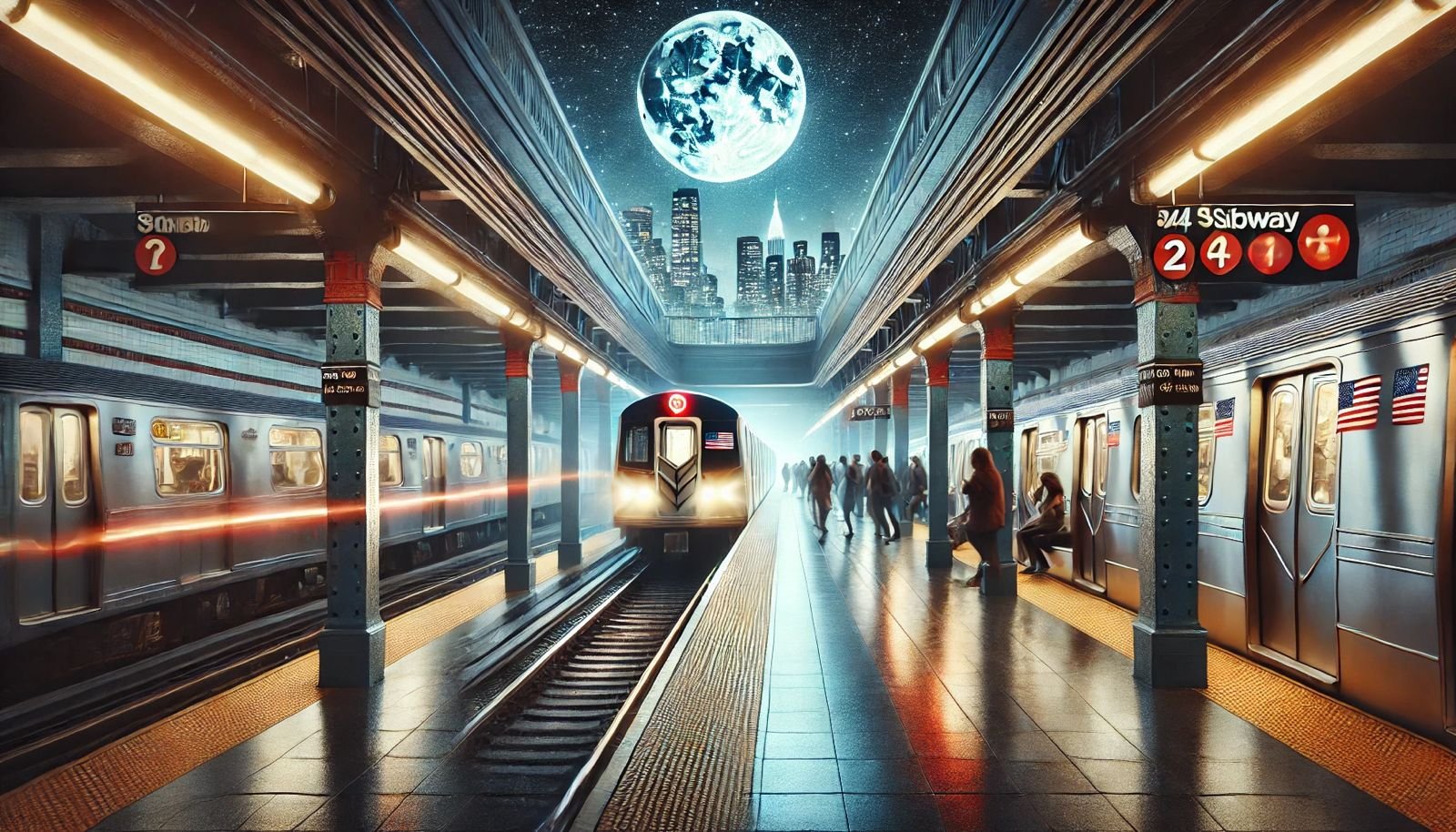
Do NYC subways run 24/7?
The New York City subway system is famous for its 24/7 operation, allowing residents and visitors to navigate the city at any hour. This continuous service is crucial for accommodating various schedules, from night workers to late-night travelers. In this blog, we will delve into how the subway operates around the clock and offer tips for effective navigation of this extensive network.
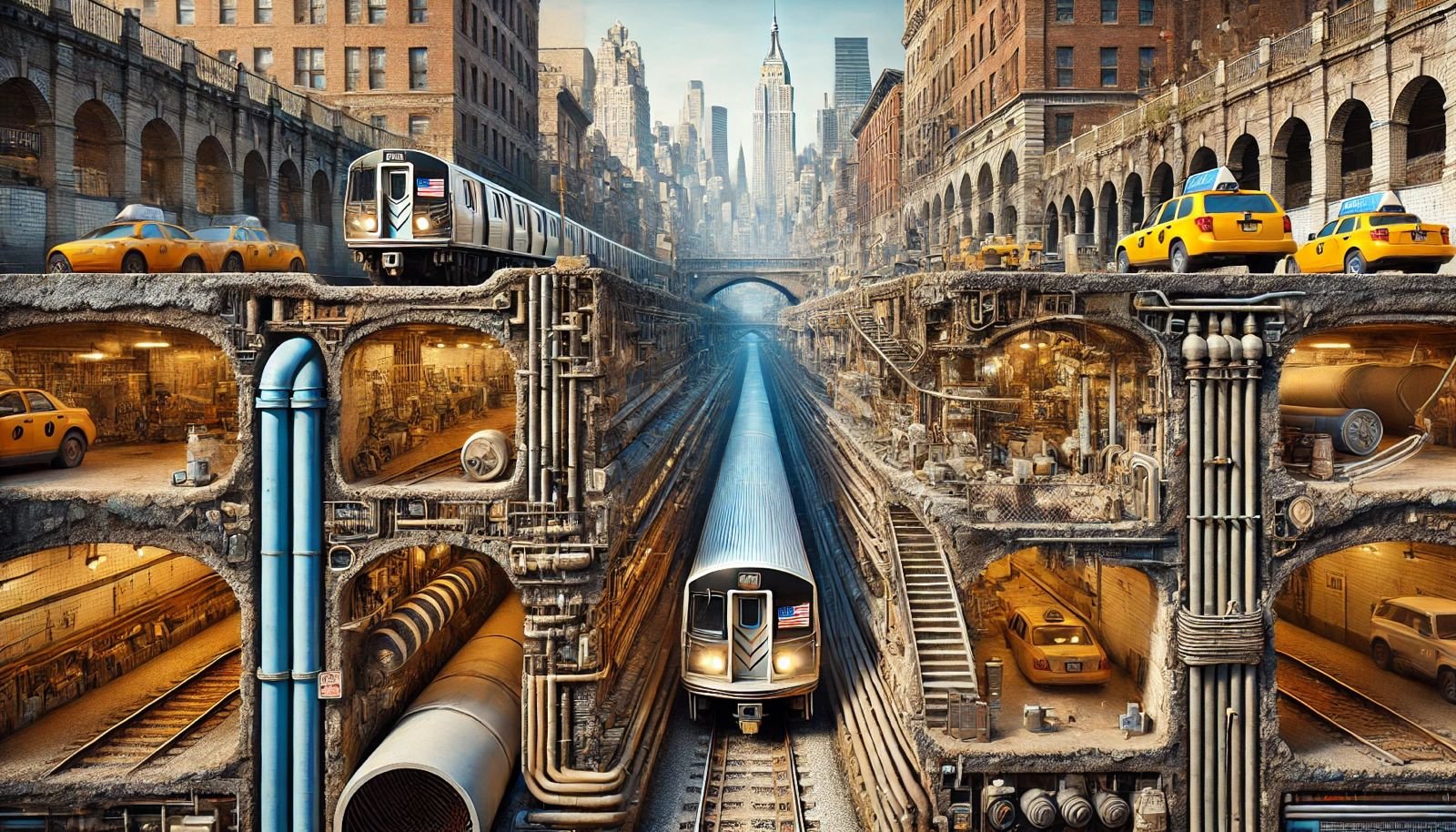
Why does New York have so many underground tunnels?
New York City is famous for its bustling streets and iconic skyline, but beneath the surface lies a complex network of underground tunnels serving various purposes. From the subway system to utility passages, these tunnels have been constructed over centuries to meet the city's unique needs. This blog explores the historical significance and contemporary relevance of New York's extensive underground infrastructure.
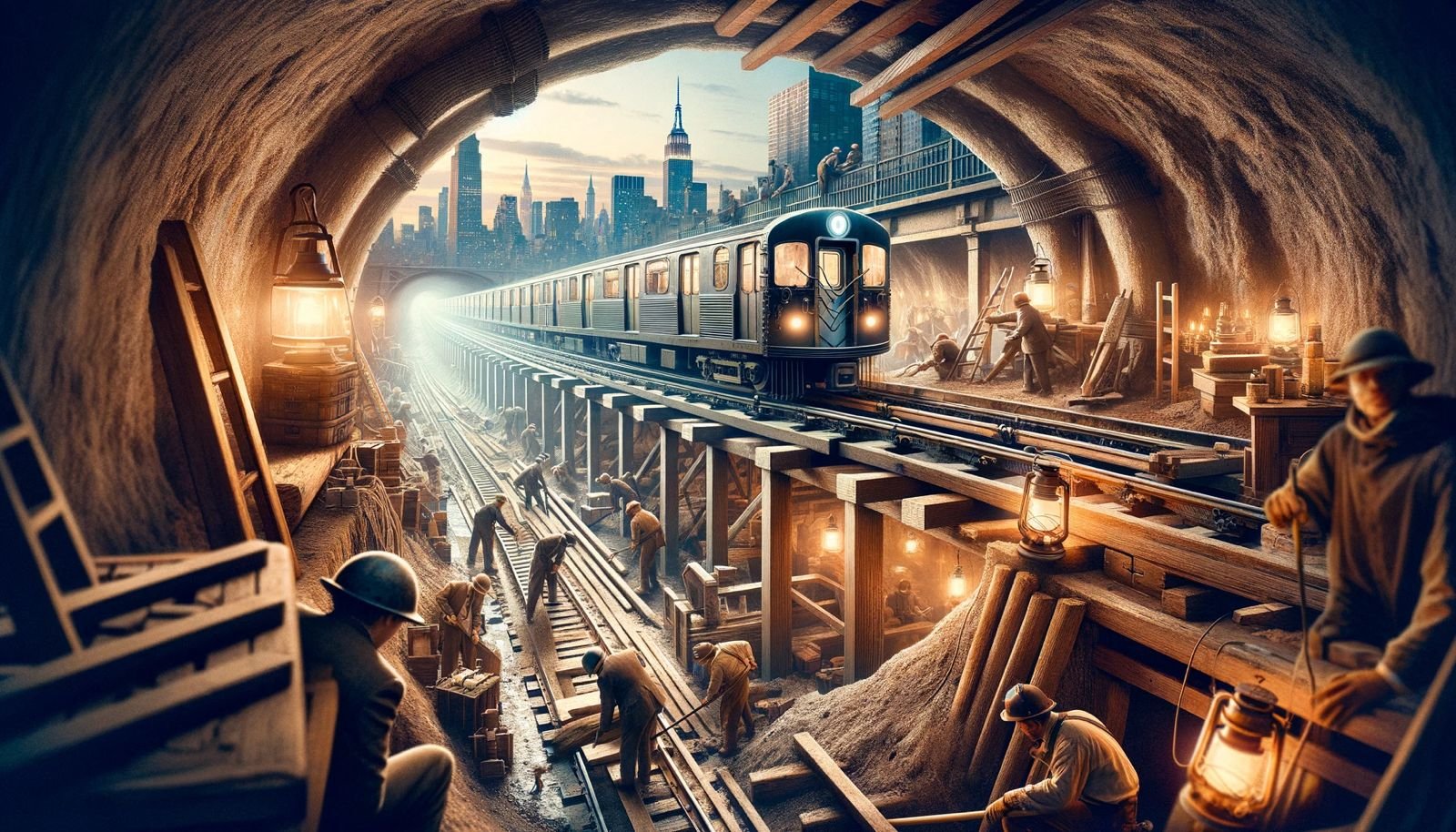
What is the documentary on how the NYC subway was built?
The construction of the New York City subway system is a monumental story of engineering and determination, beautifully captured in the documentary "New York Underground." This PBS film explores the challenges faced during the subway's construction in the early 1900s, highlighting the efforts of key figures like chief engineer William Barclay Parsons and the thousands of workers who made this essential transit system a reality.
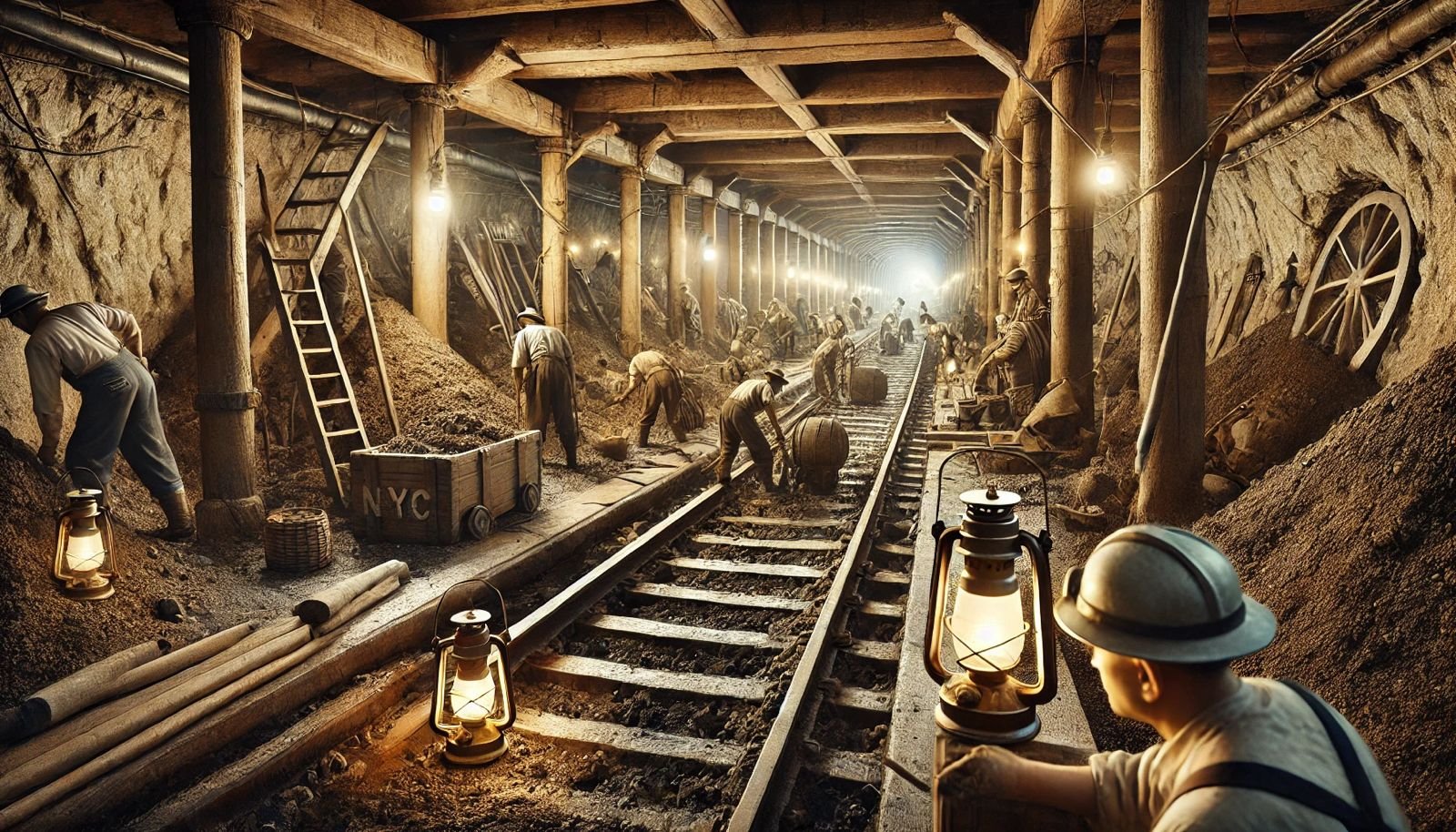
How were the NYC subway tunnels dug?
The construction of the New York City subway system is a captivating story of engineering prowess and urban evolution. This blog delves into the various methods used to dig the subway tunnels, including the cut-and-cover technique and modern tunneling machines. Discover the challenges faced by workers and how innovative techniques transformed urban transit in one of the world's busiest cities.
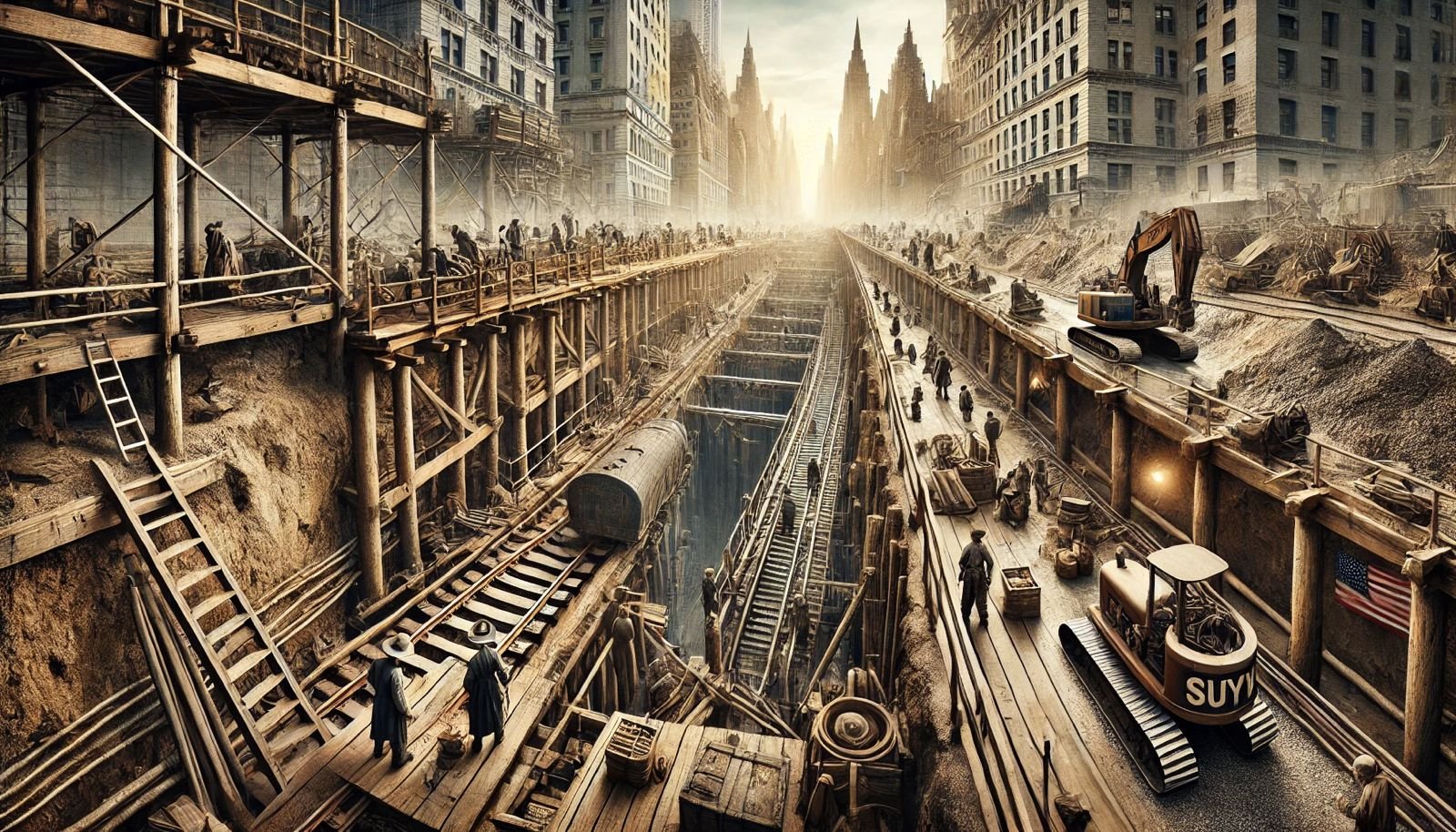
How long did it take to build the NYC subway?
The construction of the New York City Subway is a fascinating tale of engineering brilliance, spanning four years from 1900 to 1904. This monumental project aimed to ease the severe congestion on city streets caused by rapid population growth. The subway's first line, stretching 9.1 miles from City Hall to Harlem, opened on October 27, 1904, revolutionizing urban transit and shaping the city's future.
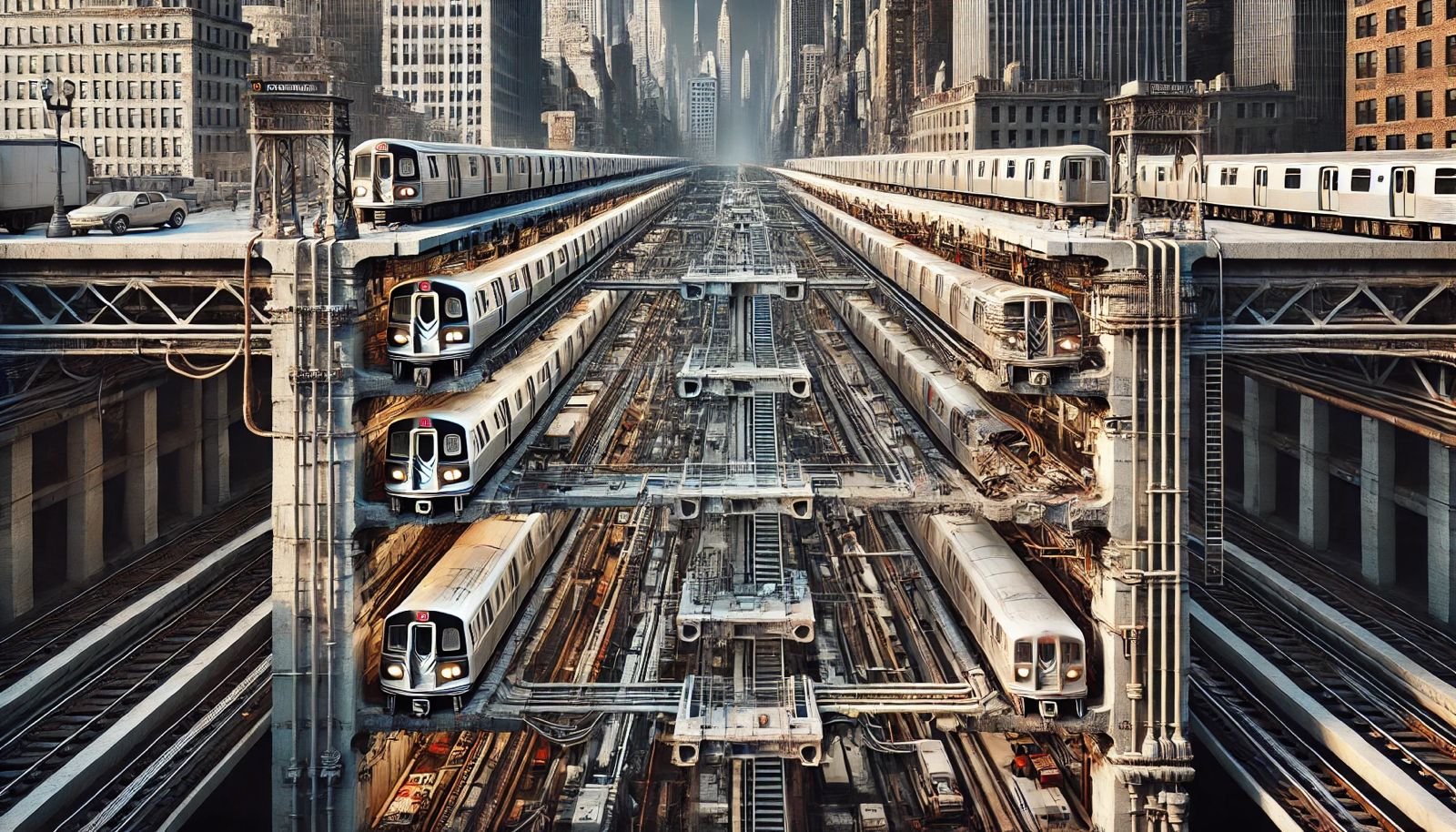
How far underground is the NYC subway?
New York City's subway system is a remarkable feat of engineering, with depths varying from 50 to over 180 feet below street level. This extensive network not only showcases the city's infrastructure complexity but also highlights the ongoing challenges of maintenance and cleanliness. Services like Sparkly Maid NYC play a vital role in ensuring these underground spaces remain welcoming for millions of daily commuters.
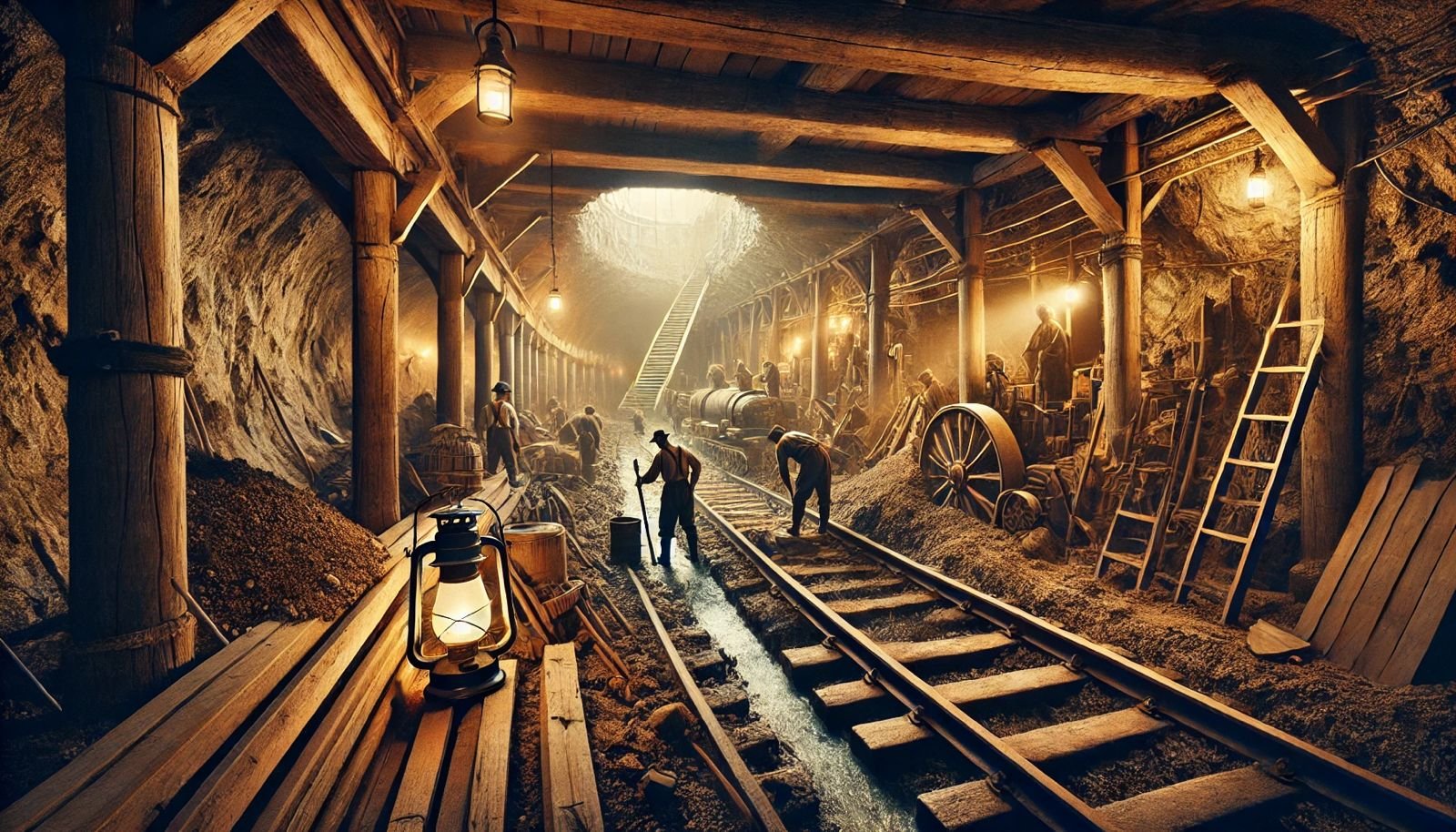
Who dug the subway tunnels in NYC?
The construction of the New York City subway is a remarkable story of engineering and labor that transformed urban transportation. Beginning in the early 1900s, this monumental project was driven by the need to alleviate traffic congestion and connect neighborhoods. With around 7,700 workers, many of whom were immigrants, the subway's tunnels were dug using innovative techniques like cut-and-cover. This blog delves into the key figures, challenges, and lasting impact of this iconic transit system.
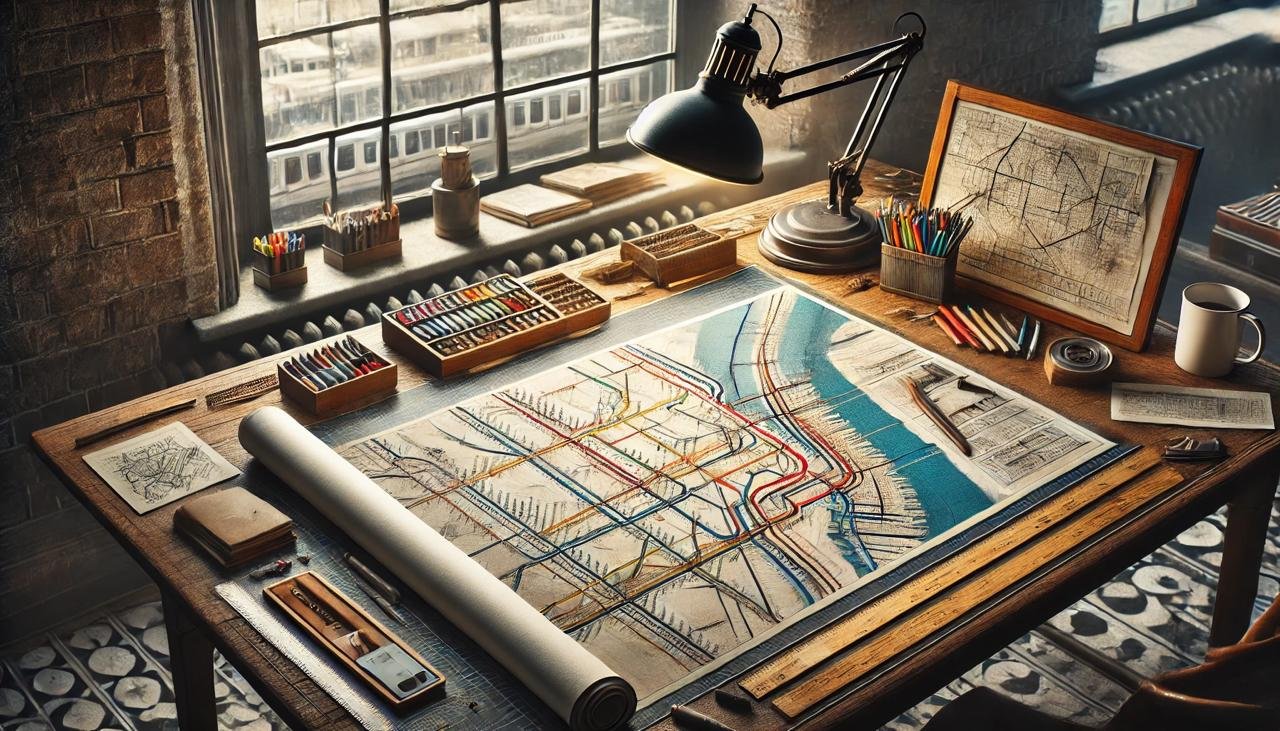
Who designed the New York subway system map?
The New York City subway system is renowned not only for its extensive network but also for its iconic map, which has undergone significant transformations since its inception in 1904. One of the most notable contributions came from designer Massimo Vignelli in 1972, whose minimalist approach prioritized clarity and simplicity, revolutionizing how subway maps are conceptualized and presented.
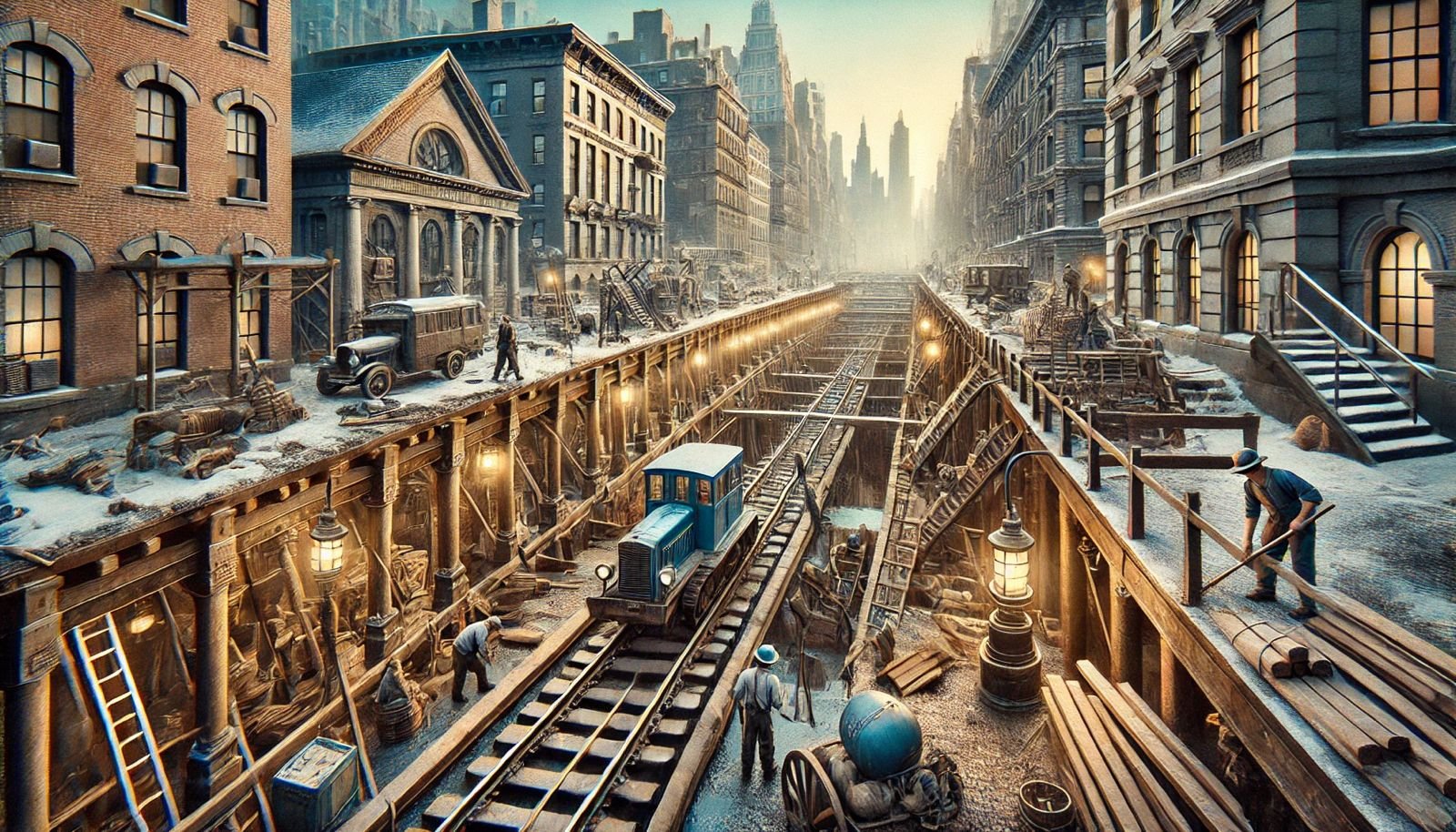
Who built the NYC subway?
The New York City subway system stands as a testament to innovative engineering and urban planning, marking a pivotal moment in public transportation history. Its construction involved numerous visionaries and complex challenges, culminating in the first line's opening on October 27, 1904. This infrastructure has since evolved, reflecting the city's growth and the ongoing commitment to efficient transit solutions.
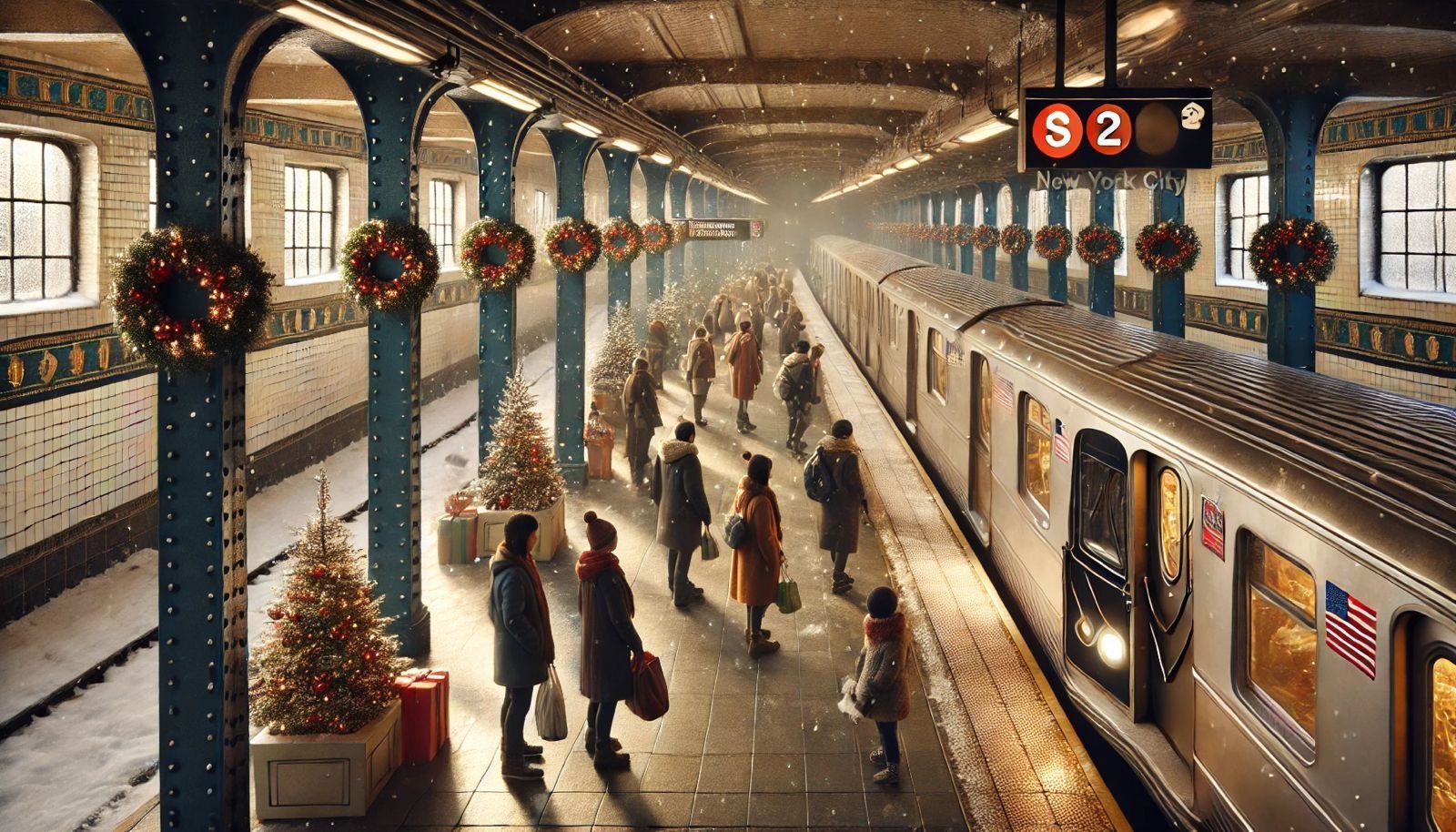
Does the subway run on Christmas Day in New York?
The New York City subway system is an essential transportation network, especially during the holiday season. On Christmas Day, it operates on a Sunday schedule, which means fewer trains and no express services. This blog provides a detailed overview of subway operations on this festive day, ensuring you have all the information needed to navigate the city effortlessly.

Why is the NYC subway so famous?
The New York City subway is more than just a transportation system; it symbolizes urban life and culture for millions. Since its opening in 1904, it has played a crucial role in shaping the city’s identity, facilitating economic growth, and providing unique cultural experiences. This blog explores the subway's historical significance, cultural impact, and the diverse experiences it offers to daily riders.

Why is the NYC subway so dirty while Seoul’s and Tokyo’s are so clean?
The cleanliness of New York City's subway system reflects broader societal values and government priorities. Despite being one of the largest underground transit networks globally, it struggles with hygiene compared to cleaner systems in Seoul and Tokyo. This blog explores the reasons behind this disparity, including funding issues, maintenance practices, cultural attitudes, and the crucial role of cleaning services like Sparkly Maid NYC in enhancing public spaces.